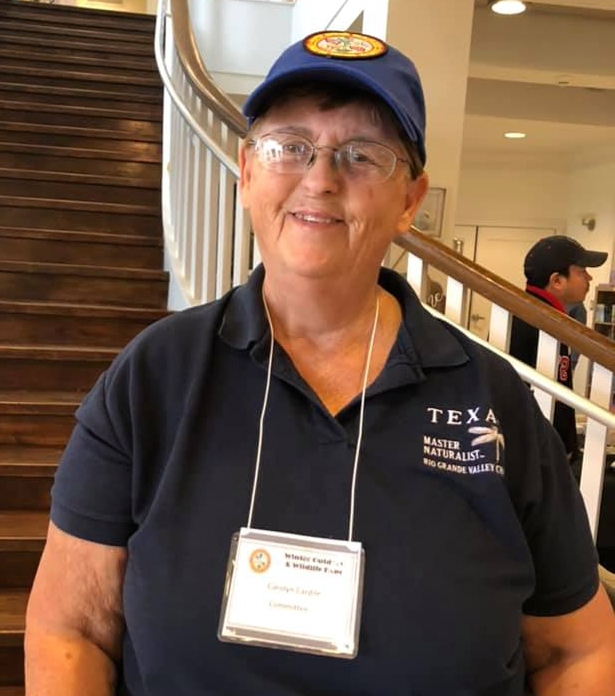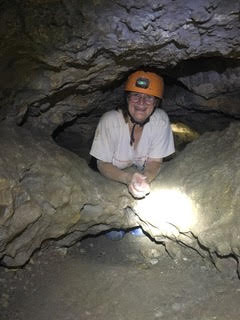Author: Justin Case
-

David Batot
As a young child, he lived on a farm in Sinton, Texas, where his dad managed an International Harvester store. By the time he started school, the family had moved to San Benito. Chronicling his growing-up years, David described an ideal childhood.
-
April 17th Chapter Drive-thru Celebration
contributed by Roberto Gaitan Congratulations to our 2021 Class of students and all members that have achieved a milestone during a challenging time. Well done everyone! Class of 2021 Graduates David Batot, Kate de Gennaro, Ethan Hultgren, Gilberto Montes, Diana Owens, Maya Rasmussen, Richard Shuey, Virginia Shuey, Shadrach Villafranca, Carolyn Wolfer Graduates with Certification Pat Avery, Norma Friedrich,…
-

Carolyn Cardile
by Pat Avery Curiosity about the world around us is apparent in every step of Carolyn’s journey from her childhood in a Philadelphia suburb to her present status as a board member for the RGVCTMN. Early experiences as a Brownie and Girl Scout, as well as summers spent in Rhode Island with her grandparents, developed…
-

Kate de Gennaro
Our life journey is seldom along a straight road. Like many of us, Kate has meandered some side roads, stopped to rest a bit and then continued forward, finding new and different paths along the way.
-

Helping our Pollinators, Helping our Monarchs
We have had a few inquiries about what to do in light of the recent freeze. Short answer – we hope those plants have a chance to bounce back before the height of the migration in the coming weeks.
-

Carolyn Wolfer
After spending her career indoors, her scouting activities renewed her love of the outdoors. Her teaching brought her awareness of her love of sharing knowledge with kids.
